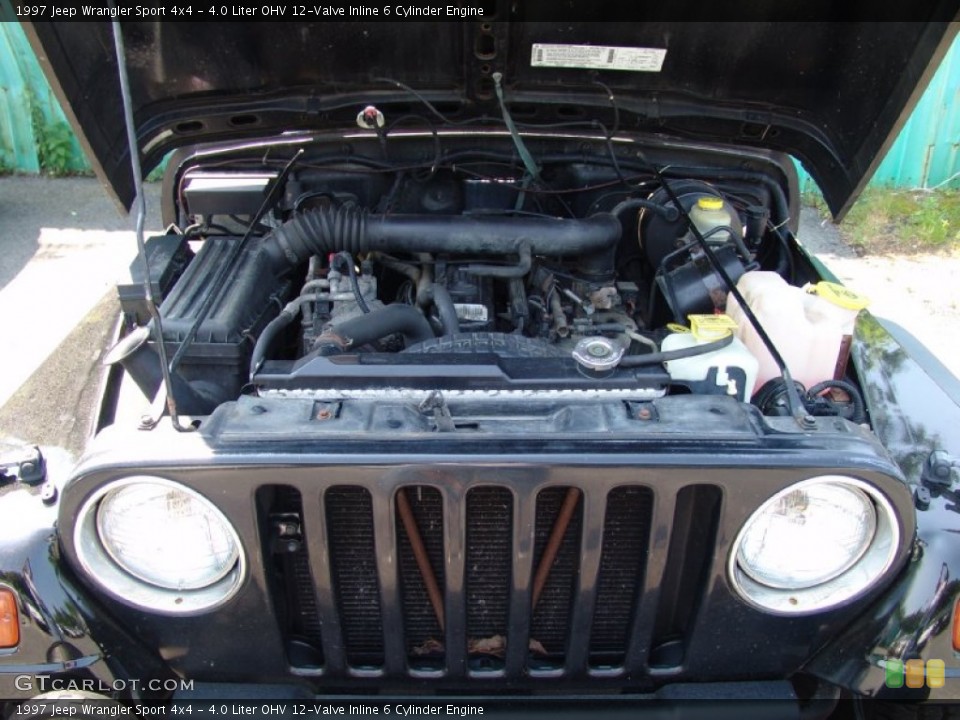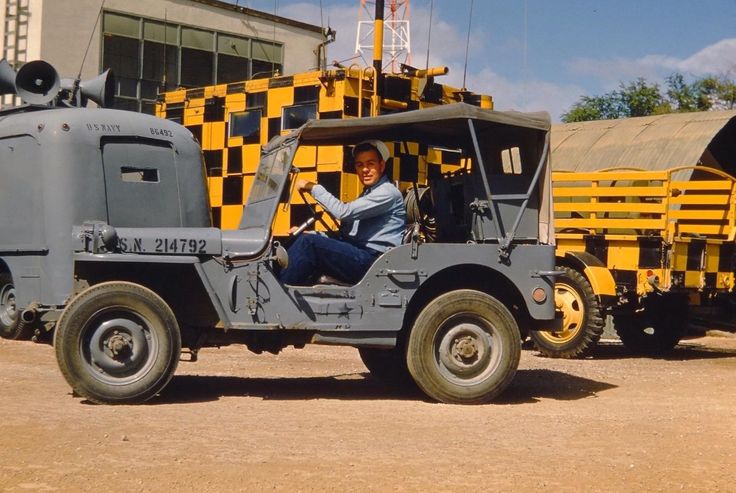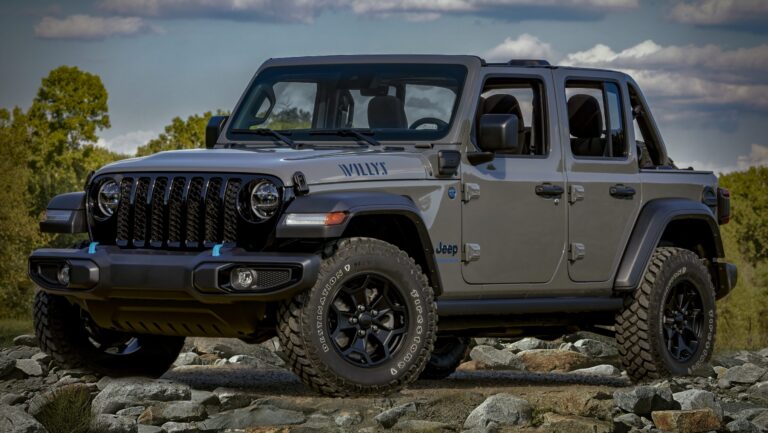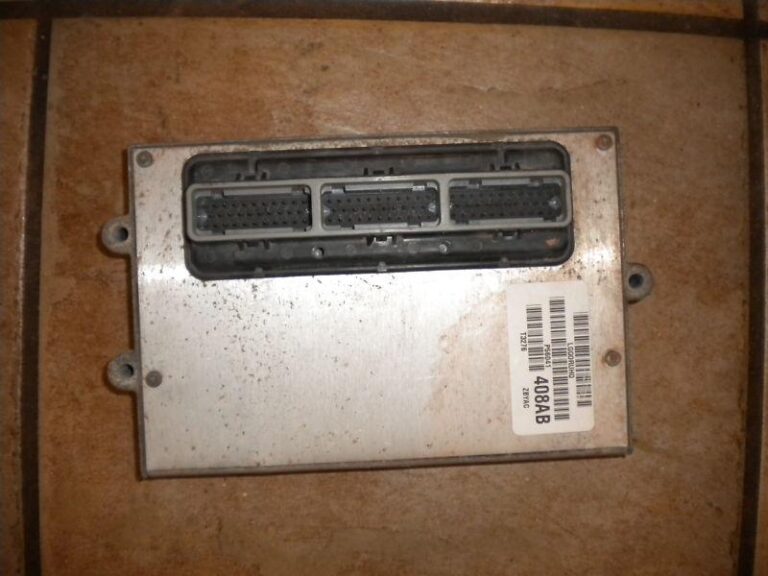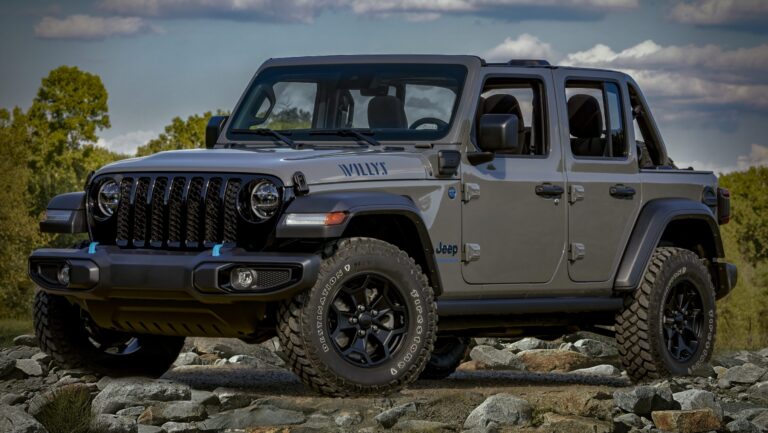6 Cylinder Jeep Wrangler Engine For Sale: Your Ultimate Guide
6 Cylinder Jeep Wrangler Engine For Sale: Your Ultimate Guide jeeps.truckstrend.com
The Jeep Wrangler, an icon of adventure and off-road prowess, owes much of its legendary status to its robust powertrain. For many enthusiasts and everyday drivers alike, the 6-cylinder engine option has been a cornerstone of the Wrangler’s appeal, offering a potent blend of power, torque, and reliability. Whether you’re looking to replace a worn-out engine, upgrade your current setup, or embark on a custom build, finding a "6 Cylinder Jeep Wrangler Engine For Sale" can be a critical step. This comprehensive guide will navigate you through the world of these engines, providing insights, practical advice, and everything you need to make an informed purchase.
Why Invest in a 6-Cylinder Jeep Wrangler Engine?
6 Cylinder Jeep Wrangler Engine For Sale: Your Ultimate Guide
The decision to seek out a 6-cylinder engine for your Jeep Wrangler often stems from a variety of compelling reasons. For many, it’s a necessary replacement. Years of hard off-roading, neglect, or simply high mileage can take their toll, leading to a tired engine that struggles to perform. A replacement engine breathes new life into a beloved vehicle, saving it from the junkyard and extending its adventures.
Beyond necessity, an engine swap can be a strategic upgrade. Perhaps you have an older Wrangler with a less powerful 4-cylinder and desire the added torque and horsepower for challenging trails or highway cruising. For custom build projects, a solid 6-cylinder foundation offers versatility and a proven track record of durability. Ultimately, the 6-cylinder Jeep Wrangler engine represents a balance – offering more power than its 4-cylinder counterparts without the complexity or weight penalty of larger V8 swaps, making it an ideal choice for the quintessential Jeep experience.
The Workhorses: Popular 6-Cylinder Jeep Wrangler Engine Models
Over its storied history, the Jeep Wrangler has featured several notable 6-cylinder engines, each with its own characteristics and fan base. Understanding these models is crucial when searching for the right engine.
The Legendary 4.0L Inline-6 (AMC 242)
- Found in: Jeep Wrangler YJ (1991-1995) and TJ (1997-2006)
- Characteristics: Widely regarded as one of the most reliable and durable engines ever put into a Jeep. This inline-six is known for its strong low-end torque, simple design, and ease of maintenance. Its cast-iron block and head make it incredibly robust, capable of withstanding significant abuse. While not a horsepower monster by modern standards, its torquey nature is perfectly suited for off-roading and crawling.
- Pros: Extreme durability, excellent low-end torque, widespread parts availability, relatively easy to work on.
- Cons: Less fuel-efficient than newer engines, older technology, can develop oil leaks with age.

The 3.8L V6 (EGH)
- Found in: Jeep Wrangler JK (2007-2011)
- Characteristics: This V6 engine, derived from Chrysler’s minivan line, was a significant departure from the inline-six. It offered improved fuel economy over the 4.0L but was often criticized for being underpowered for the heavier JK, especially with larger tires. It’s an overhead valve (OHV) engine.
- Pros: Better fuel economy than the 4.0L, relatively compact for a V6.
- Cons: Often considered underpowered for the JK, known for potential oil consumption issues, less low-end torque than the 4.0L.


The 3.6L Pentastar V6
- Found in: Jeep Wrangler JK (2012-2018) and JL (2018-Present)
- Characteristics: The modern standard for the 6-cylinder Wrangler. This dual overhead cam (DOHC) V6 offers significantly more horsepower and torque than its 3.8L predecessor, along with improved fuel efficiency. It’s a sophisticated engine, providing smooth power delivery and a more refined driving experience.
- Pros: Excellent power and torque, improved fuel efficiency, modern design, relatively reliable.
- Cons: More complex than older engines (requiring specialized tools/knowledge for some repairs), some early models had cylinder head issues (largely resolved).
Where to Find a 6-Cylinder Jeep Wrangler Engine For Sale
The hunt for a replacement engine can lead you to various sources, each with its own advantages and risks.
- Salvage Yards/Auto Recyclers: Often the most economical option for used engines. You can physically inspect the engine (if it’s still in a vehicle) and potentially negotiate prices. However, the history and condition are largely unknown.
- Online Marketplaces (eBay, Facebook Marketplace, Craigslist): A vast array of engines, from private sellers to small businesses. Prices can be competitive, but buyer beware – verify the seller’s reputation and ask for detailed photos and videos.
- Specialized Jeep Parts Dealers: Many businesses specialize in used or remanufactured Jeep parts. They often offer warranties and have knowledgeable staff, but prices may be higher.
- Engine Rebuilders/Remanufacturers: These companies take old core engines, rebuild them to factory specifications (or better), and offer them with a warranty. This is often the best balance of cost, reliability, and peace of mind.
- New Crate Engines: While rare for older models like the 4.0L, new crate engines (especially for the Pentastar) are available from Mopar or aftermarket suppliers. This is the most expensive option but guarantees a brand-new, factory-spec engine with a full warranty.
What to Look for When Buying a Used 6-Cylinder Engine
Purchasing a used engine requires careful inspection to avoid buying a lemon.
- Visual Inspection: Look for obvious signs of damage, cracks, excessive rust, or impact. Check for oil leaks (especially around seals and gaskets), coolant leaks, or signs of sludge in the oil filler cap (indicates poor maintenance).
- Mileage and History: Lower mileage is generally better, but service history is paramount. Ask for maintenance records if available. A well-maintained high-mileage engine can be better than a neglected low-mileage one.
- Compression Test: If possible, perform or request a compression test. This reveals the health of the cylinders, indicating worn piston rings or valve issues. Consistent readings across all cylinders are a good sign.
- Fluid Condition: If the engine is still in a vehicle, check the oil and coolant. Milky oil indicates coolant contamination; discolored or gritty oil suggests neglect.
- Included Components: Clarify what comes with the engine. Is it a long block (block, head, oil pan), or a complete engine with accessories like the intake manifold, exhaust manifold, alternator, power steering pump, and AC compressor? These ancillary components can add significant cost if not included.
- Warranty: Even used engines from reputable salvage yards or dealers might come with a limited warranty (e.g., 30-90 days). Always inquire about warranty terms.
New vs. Remanufactured vs. Used Engines: Pros and Cons
The type of engine you choose significantly impacts cost, reliability, and warranty.
- Used Engine:
- Pros: Cheapest option, immediate availability.
- Cons: Highest risk, unknown history, no guarantee of longevity, often no warranty or very limited.
- Remanufactured Engine:
- Pros: Best value, rebuilt to OEM specifications (or better), often includes new wear parts (pistons, rings, bearings, gaskets), typically comes with a good warranty (1-3 years), core charge refund.
- Cons: More expensive than used, still uses the original block/head castings.
- New Crate Engine:
- Pros: Brand new, full factory warranty, peak performance and reliability, latest revisions.
- Cons: Most expensive option, may not be available for older engine models.
Installation Considerations
Once you’ve sourced your engine, installation is the next major step.
- DIY vs. Professional: Swapping an engine is a significant undertaking requiring specialized tools, knowledge, and often an engine hoist. If you’re not an experienced mechanic, professional installation is highly recommended. Improper installation can damage the new engine or lead to safety issues.
- Compatibility: Ensure the engine is a direct fit for your Wrangler’s year and transmission. While engine models are consistent, slight variations in sensors, wiring harnesses, or accessory mounts can exist between model years.
- Ancillary Components: As mentioned, check what’s included. You might need to transfer or purchase new components like the intake, exhaust, sensors, starter, alternator, power steering pump, and AC compressor. Consider replacing worn-out hoses, belts, and seals while the engine is out.
- Fluid Flushes: Always fill the new engine with fresh oil, coolant, and other necessary fluids. Consider flushing your cooling system and checking transmission fluid levels.
Potential Challenges and Solutions
Even with careful planning, challenges can arise.
- Finding the Right Engine: The specific year and model of your Wrangler might limit the availability of certain engines, especially older ones like the 4.0L.
- Solution: Be patient, broaden your search geographically, and consider reputable remanufacturers.
- Shipping and Handling: Engines are heavy and require careful handling.
- Solution: Ensure the seller uses a reputable freight company, the engine is properly crated or palletized, and consider purchasing shipping insurance.
- Hidden Issues After Purchase: A used engine might develop issues post-installation that weren’t apparent during inspection.
- Solution: Purchase from sellers offering a warranty. A comprehensive pre-purchase inspection reduces this risk. Break-in the new engine carefully according to manufacturer guidelines.
- Installation Complications: Wiring harness differences, unexpected bolt patterns, or forgotten components can delay the process.
- Solution: Thorough research beforehand, consulting repair manuals, and having a professional available for consultation can save headaches.
Pricing Guide: 6 Cylinder Jeep Wrangler Engine For Sale
Please note that these prices are estimates and can vary significantly based on engine condition, mileage, seller, geographic location, and current market demand. Core charges (a deposit returned when you send back your old engine) are common for remanufactured units.
| Engine Model | Condition | Estimated Price Range (USD) | Notes |
|---|---|---|---|
| 4.0L Inline-6 (AMC 242) | Used (High Mileage) | $800 – $1,500 | Often requires some re-sealing or minor work. No warranty or very limited. |
| Used (Low Mileage) | $1,500 – $2,500 | Harder to find, typically from wrecked vehicles. Limited warranty possible. | |
| Remanufactured | $2,500 – $4,000 | Best value for reliability. Includes warranty (1-3 years), often requires core return. | |
| 3.8L V6 (EGH) | Used (High Mileage) | $700 – $1,400 | Common for replacement; check for oil consumption history. Limited to no warranty. |
| Used (Low Mileage) | $1,400 – $2,200 | From newer JK models. Limited warranty possible. | |
| Remanufactured | $2,200 – $3,500 | Addresses common issues. Includes warranty (1-3 years), often requires core return. | |
| 3.6L Pentastar V6 | Used (High Mileage) | $1,500 – $2,800 | More modern, check service history carefully. Limited to no warranty. |
| Used (Low Mileage) | $2,800 – $4,500 | From newer JK/JL models. Warranty possible from seller. | |
| Remanufactured | $3,500 – $5,500 | Excellent reliability, good for long-term use. Includes warranty (1-3 years), often requires core return. | |
| New Crate Engine | $5,000 – $7,000+ | From Mopar or authorized dealers. Full factory warranty. May not include all accessories. |
Disclaimer: These prices are estimates only and are subject to market fluctuations. Always verify with the seller before making a purchase.
Frequently Asked Questions (FAQ)
Q1: Is it hard to swap a 6-cylinder engine in a Jeep Wrangler?
A1: Engine swaps are complex and require significant mechanical skill, specialized tools (like an engine hoist), and often a second pair of hands. For most DIYers, it’s a challenging project. Professional installation is recommended if you’re not experienced.
Q2: What is a "core charge" when buying an engine?
A2: A core charge is a refundable deposit paid when purchasing a remanufactured engine. It incentivizes you to return your old, "core" engine, which the rebuilder then uses to create another remanufactured unit.
Q3: Do I need to "break-in" a new or remanufactured engine?
A3: Yes, absolutely. Follow the manufacturer’s or remanufacturer’s break-in procedure. This typically involves avoiding heavy loads, high RPMs, and constant speeds for the first few hundred miles to allow piston rings and other components to seat properly.
Q4: Will a 4.0L engine fit into my 3.8L JK Wrangler?
A4: Not directly. While both are 6-cylinder engines, they are vastly different in design, mounting points, wiring, and transmission compatibility. Such a swap would require extensive custom fabrication, adapter plates, and wiring harness modifications, making it a highly complex and expensive undertaking.
Q5: What’s typically included when I buy a "long block" vs. a "complete engine"?
A5: A long block usually includes the engine block, crankshaft, pistons, connecting rods, cylinder head(s), camshaft(s), and oil pan. It generally excludes accessories like the intake manifold, exhaust manifold, alternator, starter, power steering pump, and AC compressor. A complete engine (or "turn-key" engine) aims to include all or most of these accessories, though definitions can vary by seller. Always confirm what’s included before purchase.
Conclusion
The 6-cylinder Jeep Wrangler engine stands as a testament to durability and capability, powering countless adventures on and off the pavement. Whether you’re resurrecting a classic YJ with a bulletproof 4.0L, upgrading a JK with a robust Pentastar, or simply seeking a reliable replacement, the market offers a range of options. By understanding the different engine models, knowing where to source them, and conducting thorough inspections, you can confidently navigate the buying process. Investing in the right 6-cylinder engine for your Wrangler isn’t just a purchase; it’s an investment in continued exploration, performance, and the enduring spirit of the Jeep legend. Happy trails!

